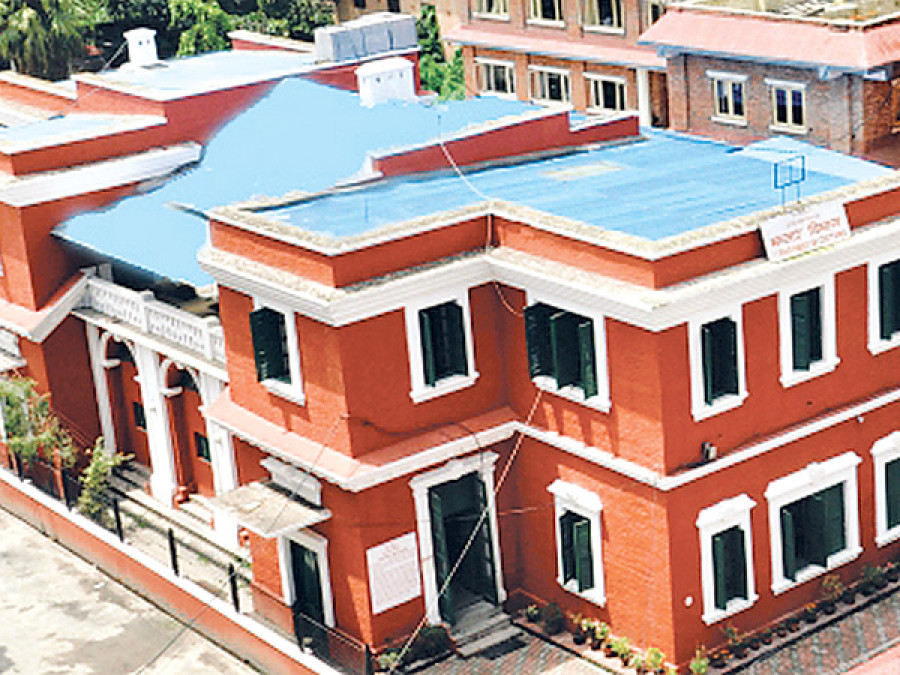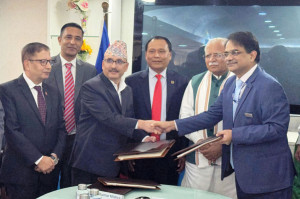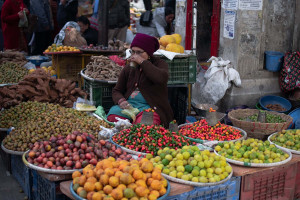Money
Customs revenue collection jumps
The Department of Customs has reported a jump in daily revenue to two-thirds of pre-embargo levels after hitting rock bottom.
The Department of Customs has reported a jump in daily revenue to two-thirds of pre-embargo levels after hitting rock bottom. The upturn has been attributed to a relaxation of Nepal-India border restrictions at a number of transit points in the last few weeks.
The daily revenue collection has increased to more than Rs400 million compared to Rs500-600 million during normal times, department officials said. “Receipts started to grow in the last two weeks to over Rs400 million,” said Damodar Regmi, deputy director general of the department. The collection of customs duties, which is the major source of public finance, had been badly hit as imports dropped to zero at most of the border points due to a prolonged Tarai unrest and India’s trade embargo against Nepal.
According to Regmi, revenue collection went up as goods are being imported from a number of customs points where there is less tension. Shipments stuck at Birgunj Customs, which accounts for 60-70 percent of Nepal’s total foreign trade, have been diverted to Biratnagar and Mechi customs points.
Nearly half of the government’s customs revenue comes from Birgunj Customs. “As long as Birgunj Customs does not operate at full swing, meeting the daily revenue collection target will be challenging,” said Regmi. According to the department, movement of goods at Birgunj dry port, Biratnagar, Mechi, Kailali, Nepalgunj and Bhairahawa have largely improved, with the Kailali point becoming the easiest border crossing for cargo clearance.
However, cargo movement through the customs offices in Birgunj, Rajbiraj, Gaur, Sarlahi, Jaleshwor, Janakpur and Krishnanagar has been disappointing. Goods bound for Nepalgunj customs have been diverted to Kailali customs. “The revenue collection at these points has been much better,” said Regmi. The department said that 700-900 cargo trucks were entering Nepal daily against 1,500-2,000 trucks in the days before the embargo was imposed.
Likewise, the number of oil tankers entering the country has reached one-third of the pre-embargo figure. “Fewer than 100 oil tankers are entering Nepal each day, against 300 tankers previously,” said Regmi.
Since India slapped a trade embargo against Nepal on September 22, the movement of goods have been blocked at the border points, resulting in a drop in revenue collection. As Nepal is largely an import-driven economy, trade is the highest contributor to government revenue.
The three-month-old blockade has led to revenue losses totaling Rs50 billion as of mid-December, according to the Finance Ministry. Losses in customs revenue alone amount to Rs29 billion. The country’s customs offices had been given a target to collect Rs75 billion in revenue as of mid-December.
The daily revenue collection
has increased to more
than Rs400 million




 19.12°C Kathmandu
19.12°C Kathmandu














